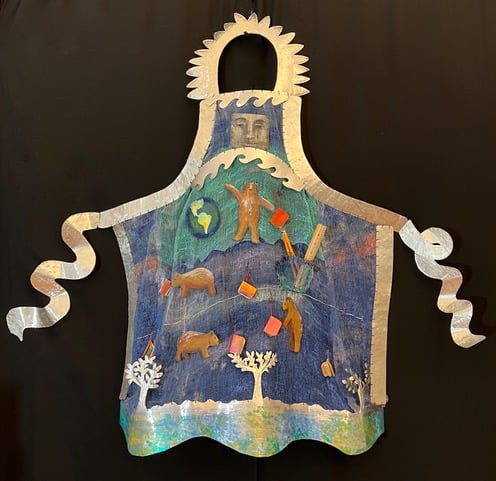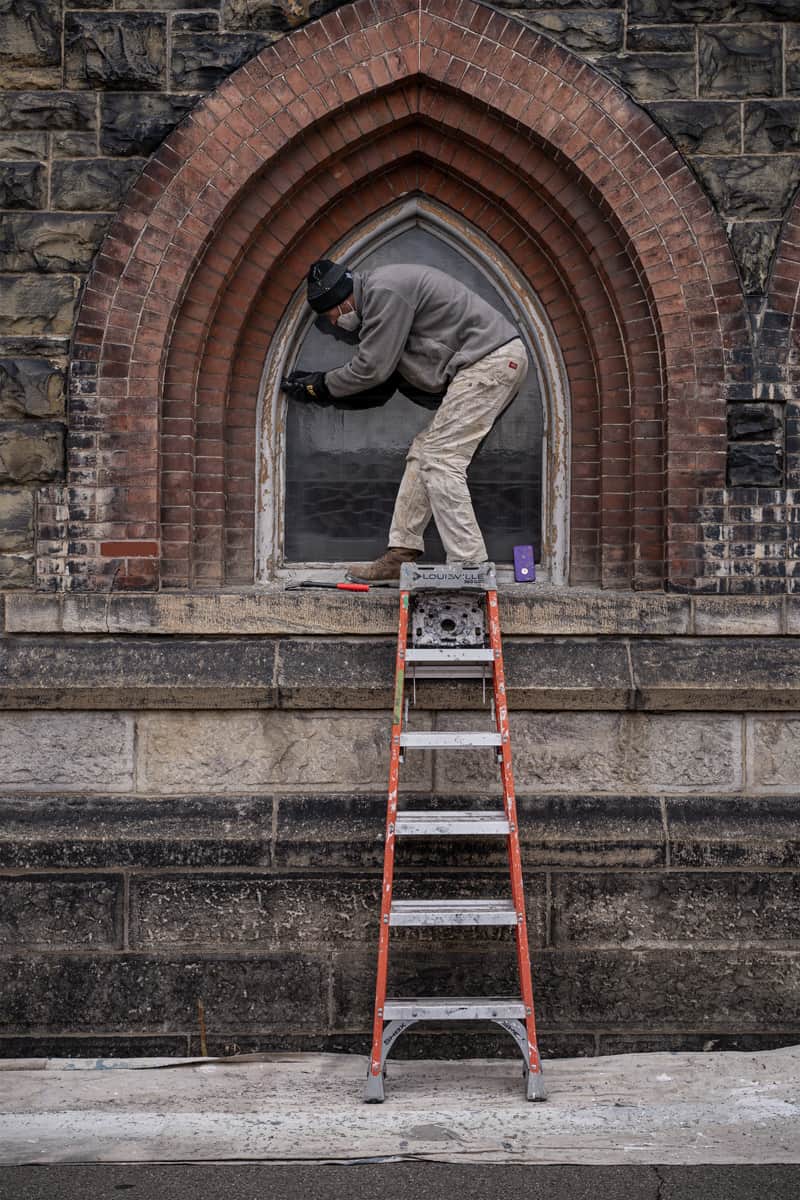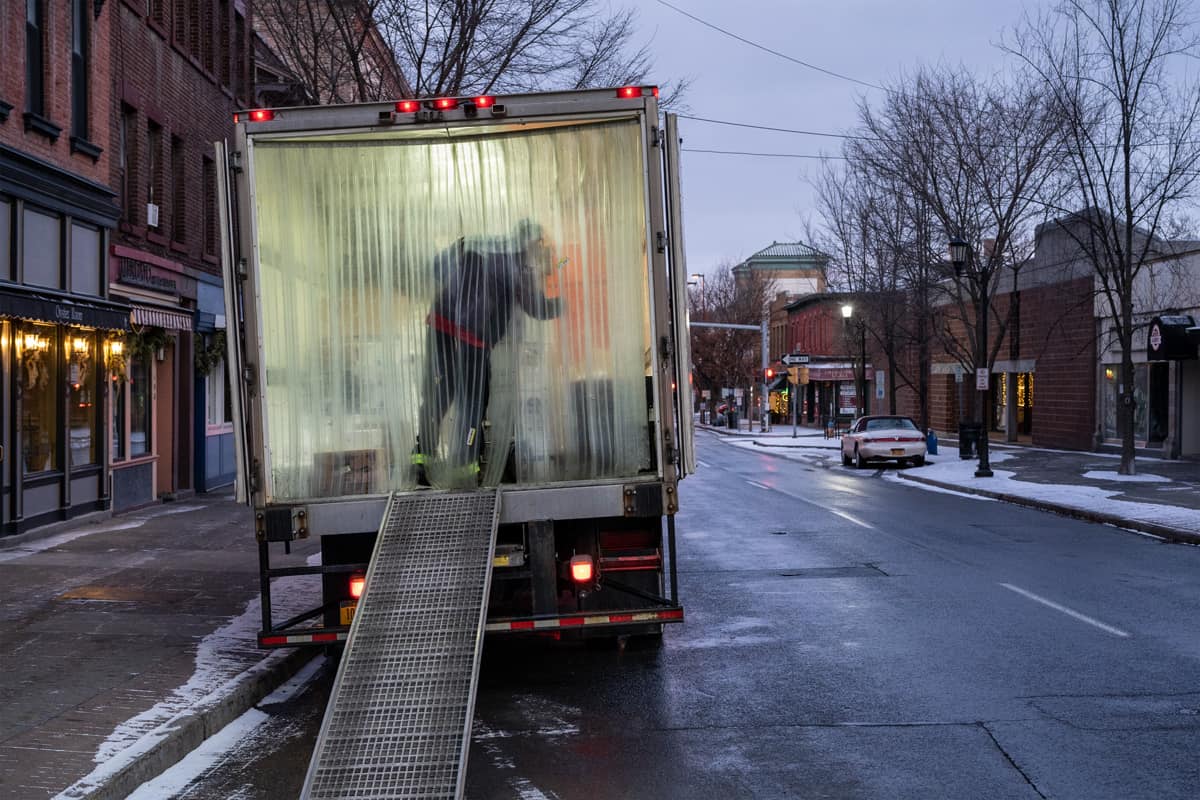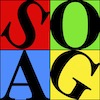In advance of their August show, Jane and Harry had only seen one piece of each other’s work. But they knew they had nothing to worry about. This duo is taking over State of the Art Gallery for the second time, with a show that is harmonious in its use of color and converging themes. I interviewed these artists in April, four months out from their show’s opening. If there’s one thing I have learned from interning at the Gallery, it’s that each artist has a different approach when it comes to preparing their work. Some people, like Harry, have their images captured, edited, and printed months in advance. Others, like Jane, have some pieces finished, others in progress, and still others bubbling in their mind but an overall relaxed composure, knowing they will get everything done in time. Still, others, are floundering to figure out a uniting theme, a clear trajectory for their shows. And yet, everyone pulls together a beautiful, engaging, and dynamic show, even if they get down to the wire to do it.
Jane works in mixed media, primarily with sculpture, and often with paint. She utilizes unconventional materials, such as stiffened cheesecloth, plaster-covered styrofoam, and paper bags. A turning point in her artistic life came when she joined the Ithaca House. She was new to the area and discovered this incredible group of poets, writers, and artists. They met weekly, in a house where the upstairs was an art gallery and the downstairs was a place to print poetry books on an old printing press. This was the first time since college that she knew people who pursued art as adults, and it gave her the permission she had been seeking to carry her artistic practice into her daily life.
She approaches her work from two different directions. Sometimes she has materials she wants to work with or something she wants to learn technically. Other times, she has an idea and then endeavors to figure out what sort of materials or medium will help the idea come to life. When she requires additional inspiration, she does unique writing exercises, such as pulling words from a box full of scraps of paper with things she’s interested in written on them: water, bears, fish, etc. She might pick three words and create a picture inspired by them. They probably won’t become a painting, but she views this as a way to exercise her reality.

Jane’s sculptural work takes the form of clothing in this show. Aprons create a closet of metaphors. Each apron has its own subject: teacher appreciation, conspiracy theories, consumerism and more. Thematically, her pieces stem from politics, things that pop into her head, or phrases people say that stick with her. Her consumer apron is adorned with elements inspired by a conversation she had with Margy Nelson. They were discussing the endorphin rush that accompanies the act of purchasing items, and Margy described it as a “brain buzz”. A lightbulb went off in Jane’s head, and she created delicate little bees with brains instead of bodies buzzing around the apron. She never knows where inspiration will come from, but she carries a small sketchbook with her to ensure she will take advantage of it when it strikes.

Perhaps the most unique aspect of Jane’s artistic process is the therapy session she sometimes conducts with a piece. In the middle of creating something, she will set it up in front of her and say “okay. What’s your problem?”. She’ll pretend it’s talking to her, replying “I feel boring, I just feel like I’m not very interesting”. This practice helps her separate herself from the piece. It’s not her problem, it’s the piece’s problem. And above all else, it can be very humorous.

Harry approaches art from a distinctly different lens. He has been capturing street photography focused on upstate New York, specifically the Southern Tier and the Finger Lakes regions, for many years. His latest work features the triple cities- Binghamton, Endicott, and Johnson City. He is pulled to shoot this area because there is a rich history here, accompanied by a visually complex landscape. These are old factory towns and they are in a state of constantly struggling to reinvent themselves and figure out what their next chapter will be. He tends to work in an area for a period of time until he’s exhausted the possibilities, then exhibits his framed photographs and compiles a book to showcase his discoveries. This show features images from Owego and Ithaca sprinkled throughout as well.
There are many unintentional, serendipitous subjects in Harry’s photos. They have a staged quality, a near-perfect composition that looks so intentional it is absolutely astounding that he is able to capture them in the spur of the moment. A photographer he is inspired by, Gregory Crewdson, stages images that feel real. Harry does the opposite, photographing images that feel staged in the way they are presented. This results in strategically designed shots that leave the viewer creating narratives about the subject’s lives, admiring this moment in time that has been so dynamically captured forever.
Printing the images on such a large scale gives them a deeply immersive quality. The closer you look, the more details are revealed and the better the overall composition is. One could easily mistake Harry’s images for photojournalism, but he does not view them as documentary photographs. Journalism adheres to a code of ethics, what comes out of your camera is largely what gets shown with little to no editing done. Harry’s images, by contrast, are edited and can be better categorized as artistic records. He alters photos for clarity and artistic value, removing cigarette butts in a gutter, plastic straws on the sidewalk, and beer cans discarded on a front lawn. Urban environments have a layer of grit, and he removes some of this so the images come into clearer focus with fewer distractions.

An intrinsic facet of Harry’s artistic process is his deep knowledge of the history of the cities he photographs. Having photographed the same cities spanning many years and returned to them time and time again, he watches buildings get torn down and rebuilt, businesses rotate through storefronts, and historical sites transform into student housing. Taking pictures of these places he knows and feels connected to helps him see them better. Another focus of some of the images on display was capturing light very intentionally. He watched the weather closely, and took advantage of the time of day that photographers refer to as the “blue hour”. This time occurs just before sunrise or just after sunset, when a mix of ambient natural light and really warm artificial light mix to create a striking contrast. The artistic effect of this time can be observed in the two images included in the show that were taken in Ithaca.
Through their varied methods and mediums, Jane and Harry have produced a cohesive show that highlights the intersecting themes of covid loneliness and the desire for human connection. Contemplative and familiar, there is a sense of warmth and understanding that radiates from both artists’ approaches. They talk about each others’ work excitedly, with admiration and enthusiastic support. Friends and neighbors for many years, they trust each other implicitly and look forward to seeing their finished pieces in conversation in the gallery.
“New Work” runs from August 4th to August 28th.

Olivia,
Thank you for such an engaging essay describing the background of Jane and Harry’s upcoming show. You’ve captured their personalities with words – no easy task! I am not sure if you chose the images or not, but they invite me to speculate and imagine well beyond the image, For instance, Jane’s “Holding on to the Past” seems more humorous if I think those people are escaping some middle America cornfield community that they’ve outgrown. It reminds me of the image I have in my head of the Pixar animation “UP” where colorful balloons lift the characters/house into the sky.
As for Harry’s photo from Church St, Elmira (a place I know quite well) I keep seeing in my mind’s eye Lewis Hine’s documentary photo The Powerhouse Mechanic. For all I know, Lewis Hine might have dodged and burned this print so much that it starts to fall into that category Harry is designating as an “artistic record.” Check it out at this link:
https://artsandculture.google.com/asset/powerhouse-mechanic/XgHs8vjKOdI5qw?hl=en
I am sure this will be a stunning show, and thank to you, Olivia: the appetite for stimulating new artwork has be whetted.
Jane and Harry,
A most perfect union. I am deeply amazed by the sense of wonder and speculation that each of your pieces instill. Each of you manage to create or document a magical, mystical mood with wildly different approaches to your “art”. It is not possible to look at your work once and come away with any deep understanding. It absolutely requires viewing again and again, which I so enjoy. Congratulations on a “spectacular” show. And, Olivia’s description is wonderful.